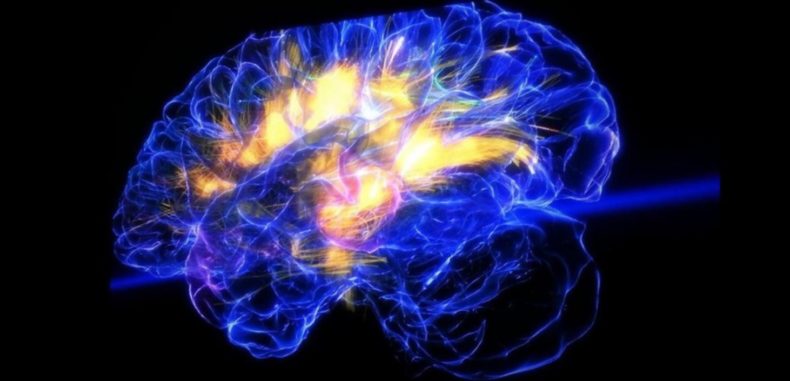For quite some time it was a popular belief that the human brain would develop through a certain age and then become static, meaning our brain would remain the same and be unable to change long-term.
Two decades later and concepts like neuroplasticity have taken hold, and scientists have started seeing evidence showing the opposite of what used to be widely accepted as true: the brain is constantly adapting and changing.
Richie Davidson, world-renowned neuroscientist at the Center for Investigating Healthy Minds, wants people to know three things, specifically:
- You can train your brain to change
- The change is measurable
- New ways of thinking change it for the better
While it might not operate in the same way that much of modern medicine and pharmaceuticals do, mindfulness can be used to achieve lasting changes in our brains. Just as one becomes more proficient at a skill, like riding a bike or playing an instrument, over time, the same can be said of cultivating well-being and happiness.
“We can intentionally shape the direction of plasticity changes in our brain. By focusing on wholesome thoughts, for example, and directing our intentions in those ways, we can potentially influence the plasticity of our brains and shape them in ways that can be beneficial. That leads us to the inevitable conclusion that qualities like warm-heartedness and well-being should best be regarded as skills,” says Davidson.
So, what effect does meditation have on the brain? Recent research shows four different ways that your brain changes with the practice of mindfulness:
Increased grey matter and cortical thickness in three areas
The Anterior Cingulate Cortex, which is responsible for self-regulatory processes, attention conflicts and cognitive flexibility.
The Prefrontal Cortex, which is responsbile for executive functioning, like planning, problem solving and the regulation of emotion.
And the Hippocampus, which is responsible for learning and memory, as well as stress-related disorders.
Decreased Size of the Amygdala
Practicing mindfulness has been shown to reduce this part of the brain where most of our fears and anxieties build up.
Reduced functioning in some areas, enhanced functioning in other areas
Mindfulness weakens the connections between the amygdala and the prefrontal cortex, allowing for less reactivity while simultaneously promoting stronger connections between areas that are associated with higher orders of brain function, like attention and concentration.
Reduced levels of activity in the brain’s “Me” center
Mindfulness has been seen to decrease how often our Default Mode Network (DMN) becomes activated. The DMN refers to times when our brains are directionless, floating from one thought to another. This is a response that has strong ties to rumination and lack of overall happiness.


















Social Links: